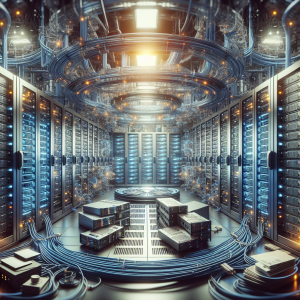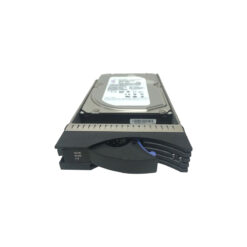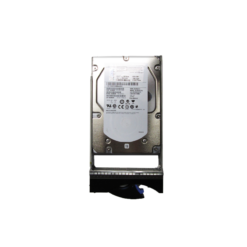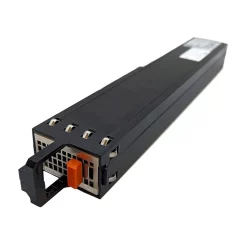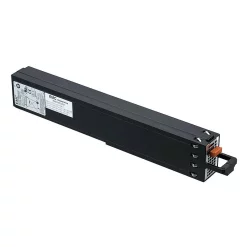Upgrade Your Storage Game: EMC Unity Hybrid Flash vs Traditional Storage Systems
Overview of EMC Unity Hybrid Flash
EMC Unity is a midrange storage product line from Dell EMC designed to offer a blend of performance, simplicity, and efficiency at an attractive price point. The Unity Hybrid Flash systems specifically combine the speed of flash with the cost-effectiveness of spinning disk technology to provide a versatile storage platform suitable for various enterprise scenarios.
Architecture and Components
Key Features
- Unified Storage: Supports block, file, and VMware Virtual Volumes (vVols) on a single platform.
- Flexible Deployment: Offers physical and virtual appliances to cater to different operational needs.
- Data Reduction: Inline data compression and data deduplication maximize storage efficiency.
- Dynamic Pools: Simplifies storage management and increases capacity utilization.
Technical Specifications
| Model | Max Raw Capacity | Max Drives | Processor | Flash Storage |
|---|---|---|---|---|
| Unity 300 | 1.6 PB | 300 | Intel Xeon Processor | SSD Cache |
| Unity 400 | 2.4 PB | 500 | Intel Xeon Processor | SSD Cache |
| Unity 500 | 4 PB | 1000 | Intel Xeon Processor | All-Flash |
| Unity 600 | 8 PB | 1500 | Intel Xeon Processor | All-Flash |
Data Flow
The Unity Hybrid Flash begins the data consult process as data is written to the high-speed flash storage tier for immediate access. The built-in algorithms assess the data usage patterns and periodically move less-frequently accessed data to the lower-cost spinning disk tier, freeing up the flash storage for more critical workloads.
This tiered architecture is orchestrated through a unified software platform called Unisphere, which provides a centralized interface for configuration and monitoring, simplifying the complex multi-tier environment.
EMC Unity vs. Traditional Storage Systems
Performance
- Speed: Leveraging flash storage, Unity provides significantly higher IOPS compared to traditional hard drives, enhancing application performance.
- Latency: Lower latency due to SSDs ensures quick access times for data-intensive applications.
Scalability
- Traditional Systems: Often limited by physical scaling constraints and fixed architecture.
- Unity Systems: Offer scalable options with a mix of SSDs and HDDs, enabling incremental growth in capacity without significant overhauls.
Usability
- Unisphere Management: Centralizes control, offering intuitive insights and automation that traditional systems lack.
- Ease of Configuration: Streamlined installation and setup usually result in faster deployment times compared to legacy systems.
Cost Efficiency
- Total Cost of Ownership (TCO): Although EMC Unity may have higher initial costs due to flash deployments, the operational savings from reduced power, cooling, and floor space can result in lower TCO over time.
- Data Efficiency: Inbuilt deduplication and compression help in reducing actual physical storage needs, offering better ROI than traditional systems that usually lack such advanced features.
Use Cases and Real-World Implementation
Virtualization Environments
Organizations deploying VMware or Hyper-V environments benefit from Unity’s vVol support and high IOPS, boosting VM performance and simplifying storage management actions like provisioning, replication, and monitoring.
Server Consolidation
Enterprises with aging storage systems considering reducing their data center footprint can leverage Unity’s compact form factor and data efficiency features to consolidate multiple workloads, cutting down energy and space demands.
Data Protection and Disaster Recovery
The built-in replication features and native cloud integration capabilities afford Unity an edge in data resiliency and backup strategies. Enterprises are thereby able to maintain data integrity with minimal overhead and integrate cloud-stored data into the disaster recovery process seamlessly.
Strengths and Weaknesses
Strengths
- Advanced data services such as snapshots, clones, and efficient replication.
- Comprehensive support for block and file storage on a singular array.
- Exceptional integration with VMware environments, ensuring a seamless virtualized storage experience.
Weaknesses
- Potentially higher upfront costs due to the inclusion of flash memory.
- Complexity in managing hybrid environments might increase with scaling.


